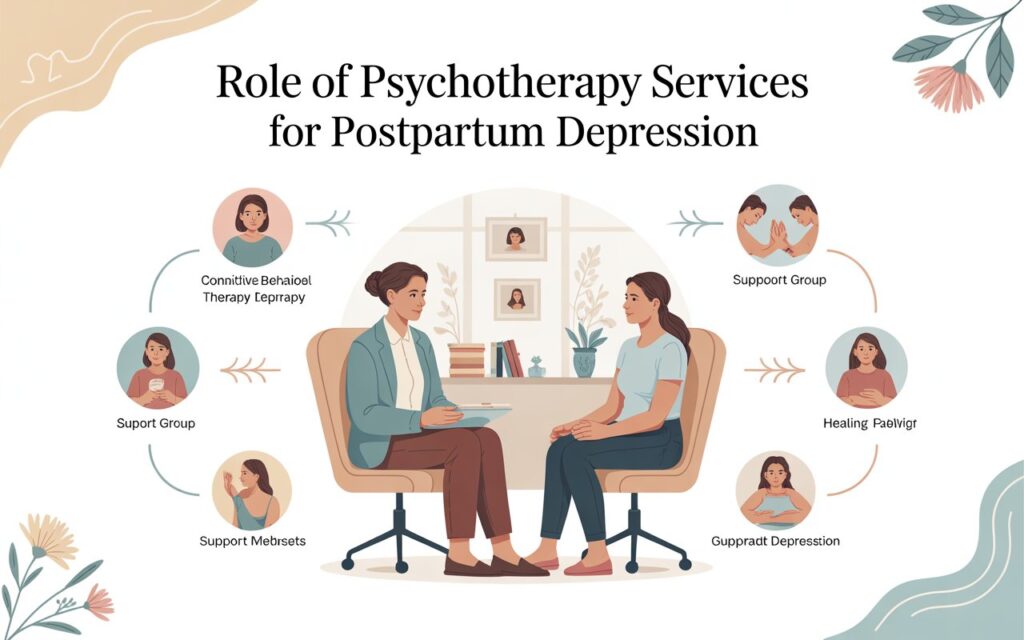Botox injections have become one of the most popular cosmetic treatments worldwide, offering a minimally invasive solution to reduce wrinkles, fine lines, and other signs of aging. Many individuals are curious about the procedure, particularly when it comes to whether Botox injections are painful. This guest post aims to provide a comprehensive look at Botox In Dubai, the pain involved, and what you can expect before, during, and after the procedure.
What is Botox?
Before diving into the pain factor, it’s important to understand what Botox is and how it works. Botox is a brand name for botulinum toxin, a neurotoxin produced by the bacterium Clostridium botulinum. When injected in small doses, it temporarily blocks nerve signals that cause muscles to contract. This results in a reduction of muscle activity, which smoothens wrinkles and fine lines on the face, particularly in areas like the forehead, around the eyes (crow’s feet), and between the eyebrows (glabellar lines).
Botox has been used medically for decades to treat various conditions such as migraines, excessive sweating (hyperhidrosis), and muscle spasticity, but its cosmetic benefits are the reason for its widespread popularity.
Understanding Pain During Botox Injections
The primary concern for many prospective Botox patients is whether the injection will cause pain. The answer varies depending on individual pain tolerance, the area being treated, and the experience of the practitioner. However, the good news is that Botox injections are generally considered to be low-pain procedures. Let’s break it down in more detail.
1. Needle Size
The needles used for Botox injections are extremely thin. They are much smaller than those used for other types of injections, like vaccines or blood draws. The smaller the needle, the less likely it is to cause pain. Most patients report feeling little to no pain during the injection.
2. Injection Location
The pain experienced during Botox injections can also depend on the location of the injection. Areas with more muscle, such as the forehead or around the eyes, tend to be less sensitive compared to areas with more nerve endings, like the lips. The forehead and crow’s feet areas are usually well-tolerated by most patients. On the other hand, if you are getting injections around more sensitive areas like the chin or neck, you may experience slightly more discomfort.
3. Practitioner Experience
The skill and technique of the practitioner can play a significant role in minimizing discomfort. An experienced Botox injector can make the process smoother by using precise techniques that reduce pain, bruising, and swelling. A seasoned practitioner may also employ strategies like using a numbing cream or ice pack prior to the injection to help ease any discomfort.
4. Individual Pain Tolerance
Pain is subjective, and everyone has a different threshold for it. Some patients may feel just a slight pinch or tingling sensation, while others may experience more discomfort. However, most people report that the pain is minimal and doesn’t last long.
5. Injection Duration
Botox injections are relatively quick, with most sessions lasting only 10-15 minutes. The injections themselves take just a few seconds each, so any discomfort is brief and usually over before you know it.
What to Expect During Botox Injections
The Botox injection process is simple and straightforward. Here’s a step-by-step breakdown of what you can expect during the procedure:
- Consultation: Your journey begins with a consultation with your practitioner. They will assess your facial anatomy, discuss your goals, and explain the procedure in detail. They may also ask about any medical history or allergies that could affect your treatment.
- Pre-Treatment Preparation: While Botox injections typically don’t require much preparation, your practitioner may advise you to avoid certain medications like blood thinners, which can increase the risk of bruising. You might also be advised to avoid alcohol for a day or two before your treatment.
- Cleaning and Numbing (Optional): Your provider will clean the treatment area to remove any dirt or makeup. Some practitioners may apply a numbing cream or ice to the area to reduce any potential discomfort.
- Injections: Using a fine needle, your practitioner will inject small amounts of Botox into the target areas. You may feel a slight pinch or pressure as the needle goes in, but it should not be painful.
- Post-Treatment Care: After the procedure, you can usually return to your normal activities immediately. There may be some slight redness or swelling at the injection site, but this typically subsides within a few hours.
Pain Management During Botox Injections
If you are concerned about discomfort, there are several pain management options available:
Numbing Cream
Many Botox providers offer a topical numbing cream that can be applied to the treatment area before the injection. This cream takes about 15-20 minutes to take effect and can help reduce the sensation of pain during the procedure.
Ice Packs
Cold compresses or ice packs can be applied before and after the injection to help numb the area and minimize swelling and bruising.
Distraction Techniques
Some patients find that focusing on something else—such as listening to music or chatting with the practitioner—can help distract them from any minor discomfort during the injections.
Over-the-Counter Pain Relief
If you’re particularly concerned about discomfort, you can take over-the-counter pain relievers like acetaminophen (Tylenol) or ibuprofen before your treatment. However, it’s advisable to avoid aspirin or blood thinners in the days leading up to the procedure, as they can increase the risk of bruising.
Botox Injections vs. Other Cosmetic Procedures
Botox injections are often compared to other cosmetic treatments such as dermal fillers, chemical peels, and laser resurfacing. While each procedure has its own set of benefits and potential discomfort, Botox is generally considered one of the least painful options for non-surgical facial rejuvenation.
Botox vs. Dermal Fillers: Dermal fillers are used to add volume to areas like the cheeks or lips, and the needles used in dermal filler injections are usually slightly larger than those for Botox. This can result in a slightly higher level of discomfort, especially in sensitive areas like the lips.
Botox vs. Chemical Peels: Chemical peels involve applying a solution to exfoliate the skin, and this process can cause a burning or stinging sensation. Many patients find chemical peels to be more uncomfortable compared to Botox injections, which are often described as quick and tolerable.
Botox vs. Laser Treatments: Laser treatments can sometimes cause discomfort due to the heat and light energy used to target skin issues. Many people find laser treatments to be more uncomfortable than Botox, especially in sensitive areas.
Aftercare and Side Effects
After your Botox injection, it’s normal to experience some minor side effects, but these typically subside quickly. These may include:
- Redness or swelling: Some mild redness or swelling at the injection site is common but should resolve within a few hours.
- Bruising: While rare, bruising can occur, especially if the needle comes into contact with small blood vessels. This can usually be camouflaged with makeup and fades within a few days.
- Headache or mild discomfort: Some patients report mild headaches or soreness following Botox injections, but this is typically short-lived.
- Avoiding pressure on the treated area: It’s generally recommended to avoid rubbing or massaging the treated areas for 24 hours after the procedure to avoid spreading the toxin.
FAQs About Botox Injections and Pain
1. Are Botox injections painful?
Botox injections are generally not considered painful. Most patients describe the sensation as a slight pinch or pressure, and any discomfort is brief.
2. Can I numb the area before Botox injections?
Yes, many practitioners offer numbing creams or ice packs to help reduce any discomfort during the procedure.
3. How long do the Botox injections take?
Botox injections are quick, usually lasting only 10-15 minutes depending on the areas being treated.
4. How long does the pain or discomfort last?
Any discomfort from the injections typically lasts only a few seconds. After the procedure, you may experience mild swelling or redness, but this subsides within a few hours.
5. What should I avoid after Botox injections?
It’s recommended to avoid vigorous exercise, alcohol, and pressure on the treated area for 24 hours after Botox injections.
6. Is Botox safe?
Yes, it is FDA-approved for both cosmetic and medical use. When administered by a licensed and experienced practitioner, it is considered a safe treatment with minimal risks.
Conclusion
In summary, Botox injections are typically not painful, and most people experience little to no discomfort during the procedure. The fine needles used, the brief nature of the injections, and various pain management options help to ensure a relatively painless experience. If you’re considering Botox for the first time, it’s important to consult with an experienced provider to discuss any concerns and learn more about the procedure. The results of Botox—smooth, youthful-looking skin—far outweigh the minimal discomfort you may experience during the injections.
Remember, as with Enfield Royal Clinic In Dubai, your comfort and safety are the top priority. With the right preparation and aftercare, Botox can be a quick, effective, and relatively painless way to achieve your desired results.









